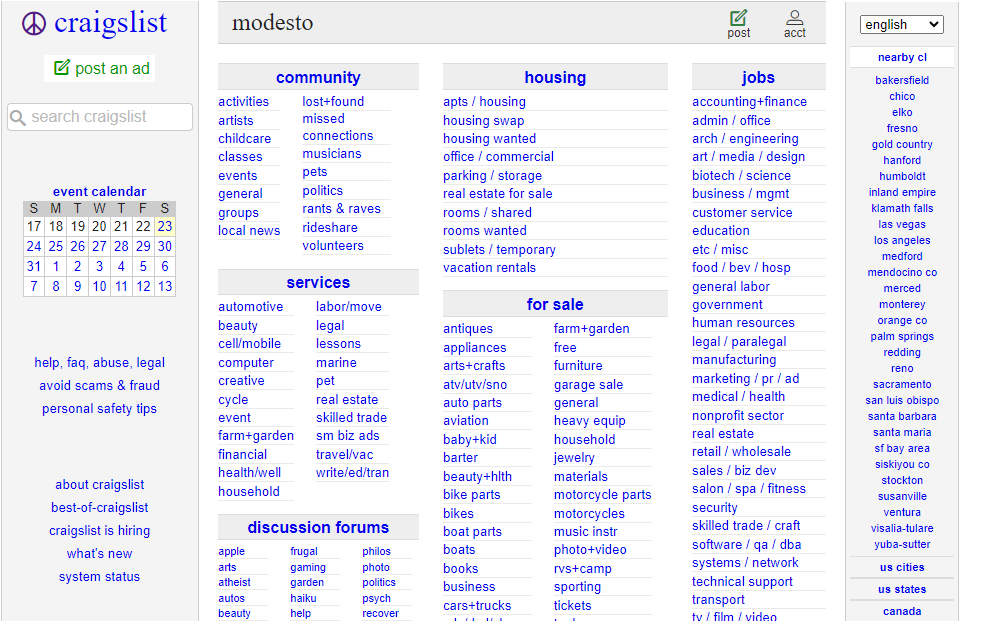Let’s be straight, the Forex market can be a confusing place. For new currency traders, all of these technical and financial terms can put your head in a bit of a spin. To alleviate this, we are going to try and keep it simple. Let’s discuss the three best ways to analyse the forex market.
First up…
Fundamental analysis
To different people, fundamental analysis means different things. In the business world, you can fundamentally analyse a company by looking at their financial records, the competitors, the health of the market or industry, and also the bigger picture considerations like GDP, unemployment rates, local housing, production, interest rates, and more.
When you apply this type of analysis to the Forex market, you are essentially applying these ideas to the 18 different major currencies that are traded and the economies they relate to. By looking at aspects such as interest rates, unemployment, GDP, and other economic data sets that pour out of nations on a continual basis, we are able to make assumptions that can guide our trading behaviour.
Let’s say that you want to trade the Australian Dollar and the Euro, AUD/EUR. The most relevant information about these currencies will be found by looking at Australian and European news. For Australia, that’s quite easily done, but for the EUR, there are 19 countries using this currency and so it would pay to follow the major news coming from each country, which is a big task. However, the bigger the country, the more influence it will have on the fundamentals, so it takes great tools and an investment of time to understand the current strength of a currency.
Technical analysis
When we talk about technical analysis, we are looking at the charts and graphs, searching for technical indicators of a market movement. This is done manually by traders, however, it can be automated, with software or trading bots able to learn to look for particular signals and see them as indicators of whether to buy, sell, or hold. With this kind of analysis, traders can move past looking at the fundamentals and simply assess the market data, with countless trading manuals offering wisdom about what the different shapes mean and what they mean for the future.
Here are the 6 most popular types of technical analysis:
- Moving averages
- Oscillators
- Stochastics
- Fibonacci retracement lines
- Relative Strength Index
- Bollinger band
Moving forward…
Sentiment analysis
At first, sentiment analysis can be rightly confusing, but once you get past the initial difficulty, it’s truly one of the best ways to analyse the Forex market. It involves studying particular positions and trading pairs and whether the majority of traders are going short or long. It’s a tool or technique that helps you look forward in order to go against the crowd.
Let’s take GBP/EUR as an example. You start to see sentiment moving in one direction, which might be that traders are bullish on the Pound Sterling. They think GBP is about to go higher, and so they start buying up GBP. As you watch the market, you see that there are a large number of traders now holding GBP, and of course, they’re going to sell, but are they going to sell sooner or later (short or long)? Because GBP/EUR has experienced this sentiment movement, your analysis will be able to suggest your next move – do you bet on a falling GBP when people close their trades or a rising EUR for those who trade back into it?
Where can you find the sentimental information other than the charts? Check the newspapers, social media, institutional reports from major financial firms, and especially the weekly Commitment of Traders reports that are available online.
Don’t forget weekend analysis!
As we know, the Forex market is closed over the weekend. Thanks to the various time zones, we get around 5.5 days worth of currency trading per week, with 1.5 days spare for us to reflect. So, some do reflect, they look at their weekly performance, the highs and lows, the wins and losses. Others, instead, do a weekend analysis.
What this means is that they look at the closing prices and make notes on the different currencies, with the intention of keeping tabs over the weekend. If a large event does happen over the weekend, the opening price of a currency may be vastly different to the closing price, presenting an opportunity to capitalise. At the very least, the weekend analysis gives you a chance to be prepared for the week of trading ahead.







Add Comment